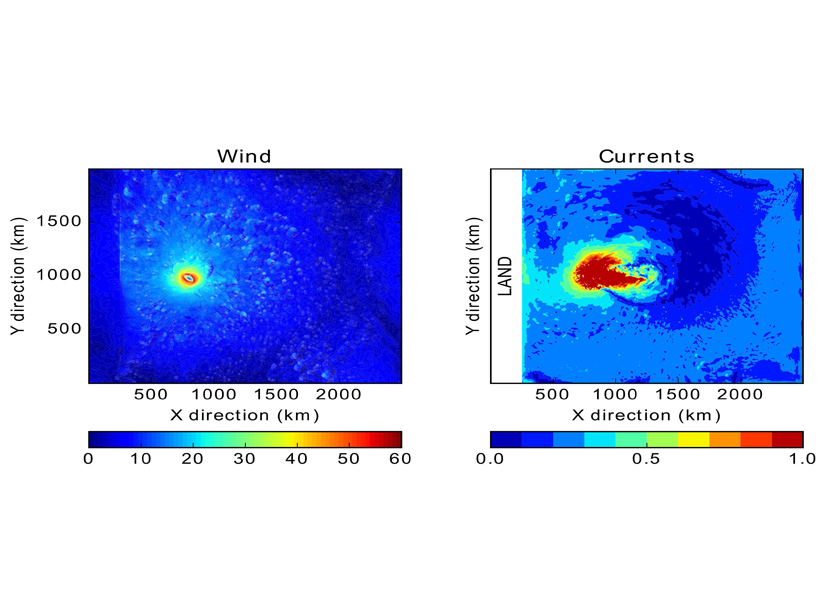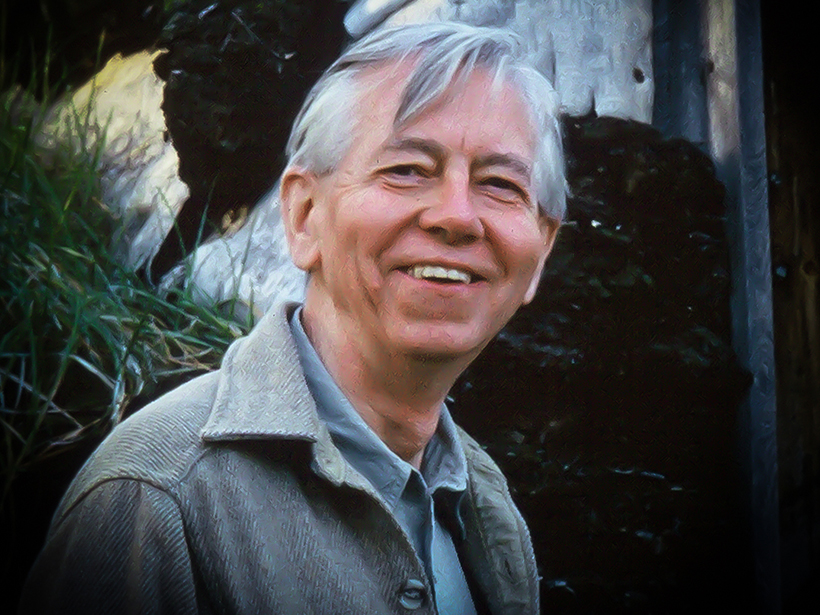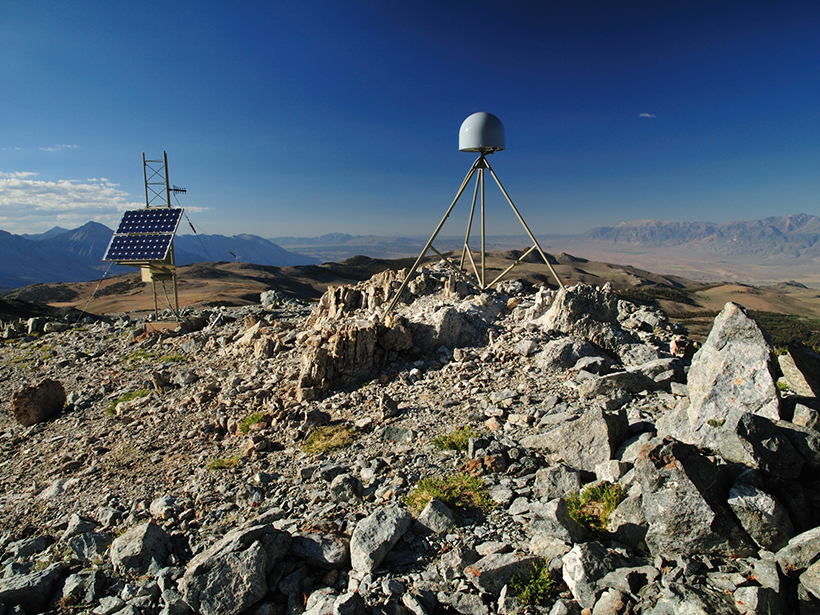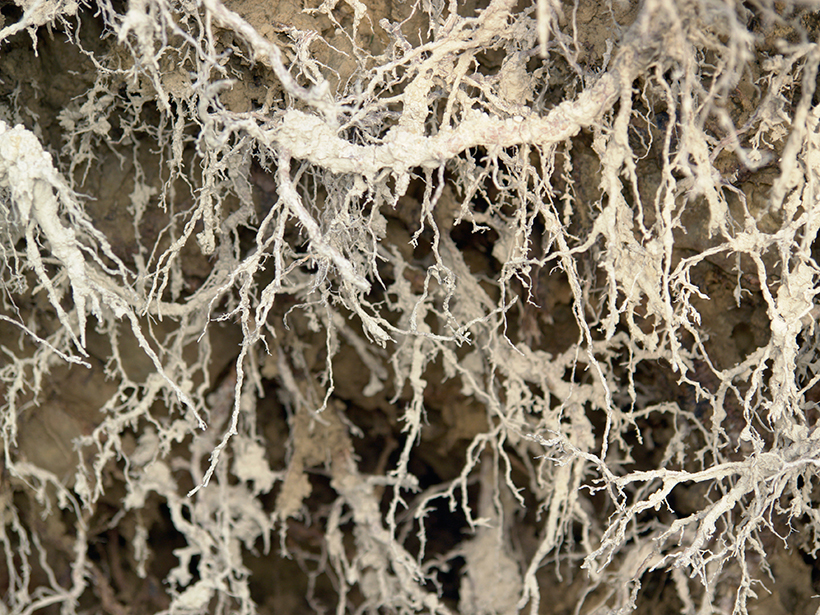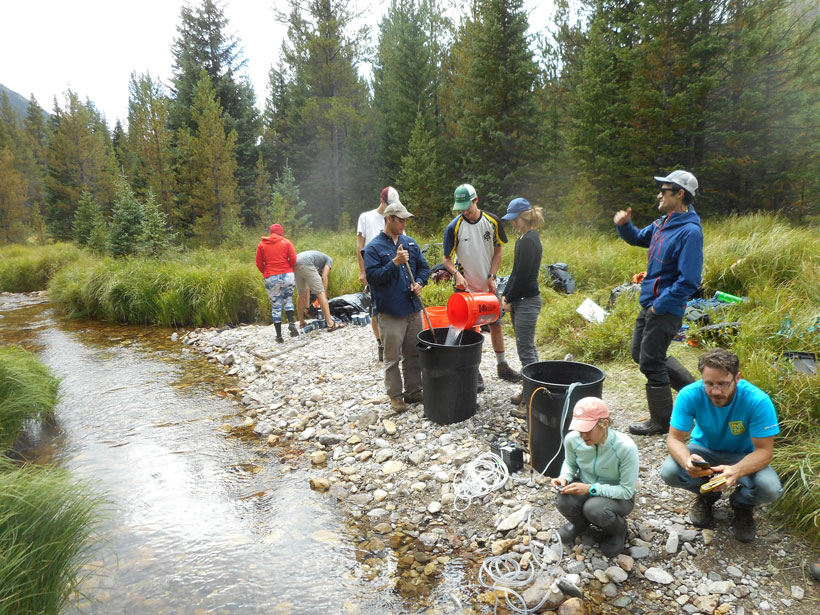An idealized model explores whether hurricane intensity forecasts could potentially be improved by incorporating coastal surface currents data.
data management
Roger G. Barry (1935–2018)
Barry, a giant in climate and cryospheric sciences, pioneered the archival of computer data and traveled the world to share his vision with others.
Agencies Collaborate to Better Monitor and Model the Environment
Interagency Collaborative for Environmental Modeling and Monitoring: Monitoring and Model Data Fusion; Rockville, Maryland, 24–25 April 2018
Harnessing the GPS Data Explosion for Interdisciplinary Science
More GPS stations, faster data delivery, and better data processing provide an abundance of information for all kinds of Earth scientists.
Hack Weeks Gaining Ground in the Earth and Space Sciences
Workshops that fuse traditional learning with Silicon Valley–inspired “hack sessions” are giving scientists a new venue to build community and sharpen their skills.
Lightning: A New Essential Climate Variable
Lightning is a symptom and a cause of climate change. A recently established task team is working to make lightning data available and useful for climate science and service applications.
Landslide Database Reveals Uptick in Human-Caused Fatal Slides
Records of nearly 5,000 landslides around the world show that human activities like construction, illegal mining, and hill cutting are increasingly responsible for fatal slides, particularly in Asia.
Better Plant Data at the Root of Ecosystem Models
Version 2 of the Fine-Root Ecology Database is bigger, better, and free to download and use.
Connecting Students and Mentors Through Local Research Hubs
An online database can help connect prospective student researchers with university faculty members and collaborative projects that need their help. Could this model work at your university?
Basement Structure Mapped by Phase Autocorrelations of Noise
Cross-correlations of ambient seismic noise are combined with well log data to image shallow crustal basement features in the Ebro Basin in Spain.

